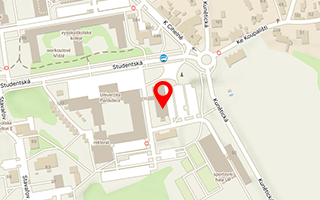Publikace detail
Czechoslovakia. The Daniel and Kýr Families from the Strážnice Area and their Attempts to Improve the Position of Moravian and Slovak Roma to Benefit Czechoslovakia
Autoři:
Slačka Dušan | Viková Lada
Rok: 2022
Druh publikace: kapitola v odborné knize
Název zdroje: Roma Portraits in History : Roma Civic Emancipation Elite in Central, South-Eastern and Eastern Europe from the 19th Century until World War II
Název nakladatele: Brill
Místo vydání: Leiden
Strana od-do: 283-326
